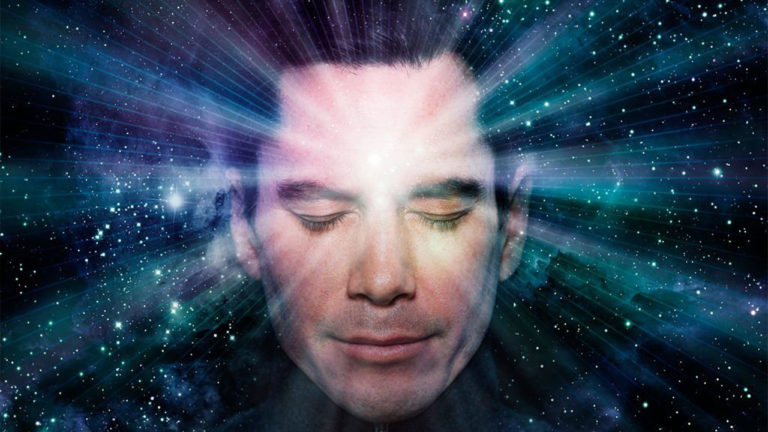Our spiritual moods are fundamentally represented by our vibrational frequencies. Furthermore, they are indicators of how aware we are. They show our moods, values, and the thoughts that run through our minds the most.
The ego’s bias, on the other hand, makes it impossible to precisely measure the vibrational frequencies of matter. Using contemplative thought, we can acquire a sense of our vibrational frequencies on our own, but contacting someone who has experience in this field can provide us with a better and more accurate assessment.
What is the frequency of the vibrations?
The vibratory frequencies of our system are the measures of the energy that exists inside it. Everything is made of energy, and the pace at which it oscillates and vibrates is what distinguishes the different forms of energy. Vibrational frequencies are the typical levels at which our energy vibrates, and they are measured in hertz.
There are certain vibrational frequencies associated with each of our emotions, thoughts, and ideas. Nevertheless, those that are most desired have far greater vibrational frequencies than those that are less pleasant.
The order of importance in our conscience.
As a matter of fact, there is a hierarchy in our awareness, which is a categorization of all the many concepts, emotions, and thoughts that might be prominent in our brains at any given time.
- 700hz+ – Enlightenment
- 600hz – Peace
- 540hz – Joy
- 500hz – Love
- 400hz – Reason
- 350hz – Acceptance
- 310hz – Goodwill
- 250hz – Neutrality
- 200hz – Courage
- 175hz – Pride
- 150hz – Anger
- 125hz – Hatred
- 100hz – Fear
- 75hz – Pain
- 50hz – Apathy
- 30hz – Guilt
- 20hz – Shame
When we have high frequencies of vibration, this can happen because our soul and mind embody emotions that are higher on the list. When they are low, it means that we fall victim to negative emotions somewhere at the bottom of this list.
These numbers are actually Hertzian frequencies, and they measure the number of vibrations per second.
How to Measure the Frequency of Your Vibrations?
We can measure our own vibrational frequencies. However, the process is quite challenging and requires being honest with ourselves. We can meditate on our dominant emotions and allow ourselves to feel how we feel without any judgment, making mental notes of all those emotions that happen and how powerfully we feel them.
We must find our dominant emotion in the previous table, and that will be our approximate vibrational frequency. Spending more time contemplating will bring us closer to the real number we are going to get. The truth is, though, that our vibratory frequencies can never be measured in the exact way we want them to be.
The bias of the ego will prevent self-measurement.
In fact, the problem lies in the ego’s bias, which is our tendency to inflate our score simply because our ego wants our vibrational frequencies to be much higher. Unless we surpass our ego, the process of self-measuring our vibrational frequencies would be inaccurate. However, the opposite can also happen. Lack of self-esteem often results in lower vibrational frequencies, but it can also cause us to underestimate our frequencies even more.
It can be tempting to tie a large portion of our self-esteem to a number, as many people do with some social media platforms.However, it is not the particular number that matters so much; it is really the direction in which it moves.

